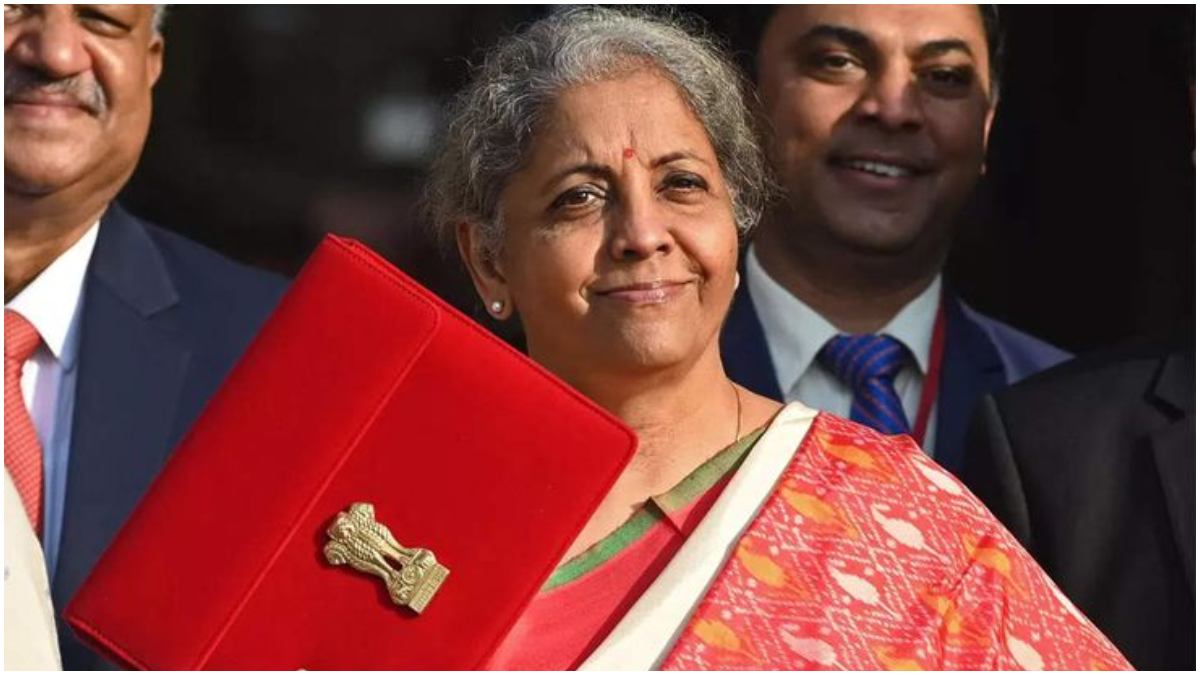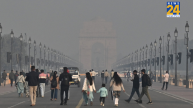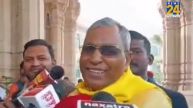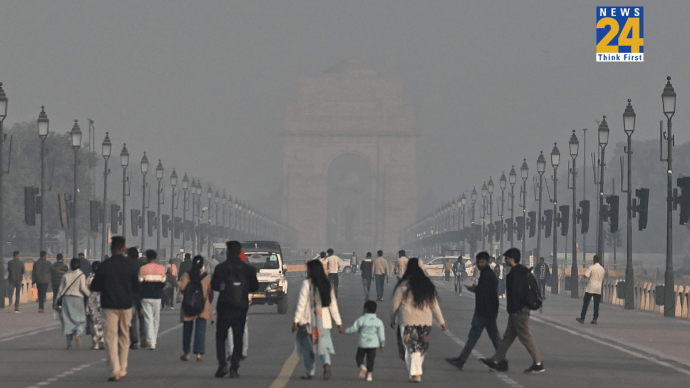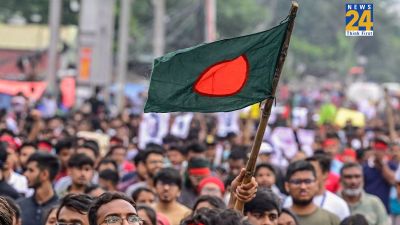Bharat Ek Soch: Union Finance Minister Nirmala Sitharaman will present the national budget on July 23rd. This time, presenting the budget is a significant challenge for the Modi Government, as it will be difficult to overlook the demands of the NDA coalition partners that have a pivotal role to play in the stability of this Government. Additionally, the eyes of the citizens are firmly fixed on the budget.
Bharat Ek Soch: Over 1.4 billion people in India are eagerly awaiting July 23rd, when Finance Minister Nirmala Sitharaman will present the national budget. You might wonder what’s new this time?
Firstly, Nirmala Sitharaman will become the first finance minister in the country’s history to present the budget for the seventh consecutive time. Previously, Morarji Desai held the record with six consecutive budget presentations. Secondly, for the first time since 2014, the Narendra Modi government is dependent on the support of its coalition partners. Therefore, Nirmala Sitharaman faces the challenge of presenting a budget that doesn’t overlook the demands of these partners. This includes Andhra Pradesh Chief Minister Chandrababu Naidu and Bihar Chief Minister Nitish Kumar.
It is believed that one of the major reasons for the BJP’s reduced seats in 2024 is the discontent among youth and farmers. This raises questions about what the finance minister’s budget speech will offer for the youth and farmers. What measures will the finance minister take to reduce economic inequality, create more job opportunities for the youth, and increase per capita income? How can the agricultural sector engage more youth? Beyond the Kisan Samman Nidhi, what can be done to increase farmers’ income? Why is the middle class, especially the salaried employees, burdened with worries? What concerns are consuming them day and night?
The Budget: A Mirror of Government Thinking
Gone are the days when the common man eagerly awaited the finance minister’s budget speech to find out which daily essentials would become more expensive or cheaper. The era of waiting for the railway budget to see which new trains would start is also over since the railway budget was merged with the general budget in 2017-18. Major announcements are now made throughout the year based on the country’s situation. So why wait for the budget? In reality, any budget reflects the government’s thinking. It guides the economic policies and provides an X-ray of the country’s economic health. Thus, the educated youth of our country continually calculates why the rapid growth of the economy, which exceeds 8%, isn’t reflected in their lives. While the Prime Minister claims that job opportunities have increased, the youth wonders why they still struggle so much to find employment.
Economic Inequality at Its Peak
According to a report, economic inequality in India is the highest it has been in the past 100 years. The richest 1% of the population owns more than 40% of the wealth. Over 810 million people in our country receive free grain from the government every month. Will this lead India to become a developed nation by 2047? In school, we learned that unemployment is of three types: Seasonal, Disguised, and Structural Unemployment. In rural areas, especially in agriculture, it was said that there are three to four months of work, and the rest of the time farmers or labourers sit idle, termed as seasonal unemployment by economists. But now urbanisation is increasing rapidly, and it is essential to view unemployment from an urban perspective. In cities, many middle-class parents spend lakhs of rupees on their children’s professional degrees, often taking loans. Yet, even after obtaining these degrees, their children often earn just enough to cover their commute and pocket expenses only. The number of such underemployed youth in cities is increasing rapidly. Whether to call this employment or unemployment is also a significant question.
Also Read: Peak Bengaluru: Microsoft Engineer Takes To Namma Yatri On Weekends To Combat Loneliness
A Developed India Without Youth Power is Impossible
Platforms like YouTube, Facebook, and Instagram have filled the eyes of a large population with dreams of high earnings and fame. A significant section of our social structure is busy creating videos, shorts, and reels. It is challenging to say whether most of them are employed or unemployed. Disguised unemployment is increasing in cities, meaning even if they are removed from this work, productivity won’t be significantly affected. There should be an open-minded approach to the employment situation of such youth in the budget speech because the dream of a developed India cannot be realised without the proper utilisation of youth power.
Middle Class Crushed by Inflation
Sixty-three paise out of every rupee goes to the government’s treasury in the form of direct or indirect taxes. The middle class is groaning under the burden of inflation while high-income tax rates add to their troubles. Therefore, the salaried class hopes for income tax relief in the budget. Currently, there is no income tax on earnings up to Rs. 7.5 lakh, and it is expected that this limit might be increased to Rs. 10 lakh. Thus, the stars seem aligned for changes in the tax slabs.
Nothing Left for Savings
The biggest problem for most middle-class families today is the lack of savings. Earlier, government employees relied on pensions after retirement. Now, government jobs are few. A large segment of our population will have to keep working even after reaching retirement age to meet their expenses. The budget should also address the path to a secure and happy life for the elderly. Now, talking about the agricultural sector, every second person in India’s population relies on it. According to the National Sample Survey Office (NSSO), the average monthly income of a farmer in India is just over Rs. 10,000. The promise to double farmers’ income is still unfulfilled. Farmers want to hear two specific things in the finance minister’s speech: a guarantee of fair prices for their produce and an increase in the Rs. 6,000 annual amount provided under the PM-Kisan scheme. Beyond these, the budget speech should show a long-term vision that encourages the educated and skilled youth to join the agricultural sector. The outdated mindset of traditional farming must change to unlock the potential of the farmers.
Meeting the Expectations of 1.4 Billion People
Fulfilling the hopes of 1.4 billion people is not easy. If the budget is prepared with the vision of making India a developed country by 2047, it should show 360-degree efforts to implement policies that drive development from the bottom up, not the top down. The people of India should become so economically capable and empowered that they naturally refuse freebies. The budget speech should shape a mindset where people can distinguish between employment and jobs, ready to adapt to the changing nature of work and income. Wealth creators should be respected, and sincere efforts should be made to remove the obstacles that hinder them. In the past, India was known as the ‘golden bird’ of the world due to its agricultural prowess. There is still vast potential in our agricultural sector, and it needs recognition and connection with the skilled youth. This blueprint should be visible in Nirmala Sitharaman’s budget speech.
Also Read: Unnao: Wife’s Statement Leads To Shocking Revelation; Mother’s Role In Son’s Murder Uncovered

